There are many kinds of coffee beans roasted at home. How to quickly choose your favorite coffee beans?
Professional barista communication, please pay attention to coffee workshop (Weixin Official Accounts cafe_style)
There are many kinds of coffee beans roasted by themselves. Common coffee beans named after producing countries or regions, such as Ethiopia, Mantenin, etc., also have special beans with beautiful names. For beginners who taste coffee for the first time, they may be confused by the exquisite items. What are the single beans? Which are special beans? Which ones are medium deep roasts? Which ones are suitable for milk? Which ones are suitable for ice?
Take a look at the picture below! Let you quickly find the right coffee beans for you!
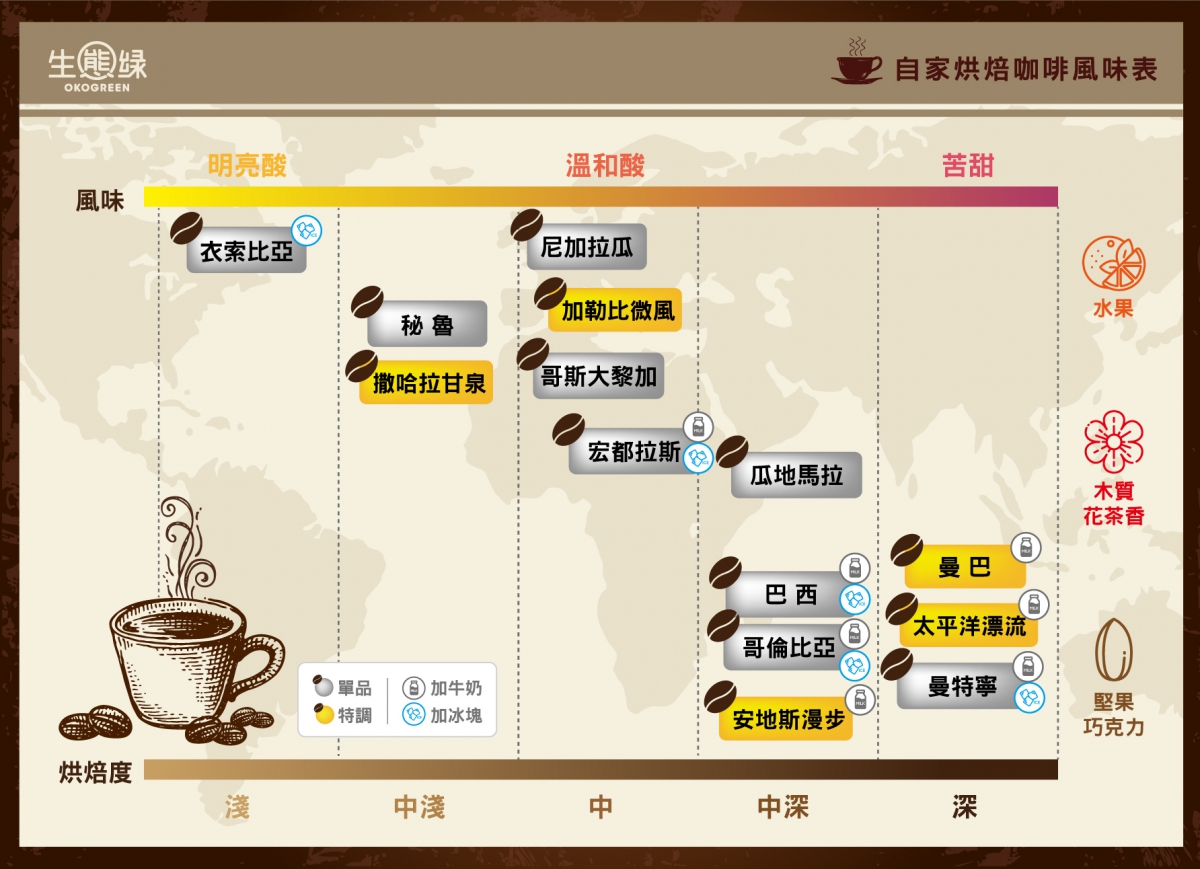
Coffee beans-style distinct, as charming as vocal music
Single coffee beans are like vocal music, each singer has a unique voice and style, even tenor, each singer also has its own ingenious characteristics. The same is true for single beans. Each one has a special flavor of terroir, and through different baking degrees, it can show excellent taste.
→ Point map to understand the flavor of various items
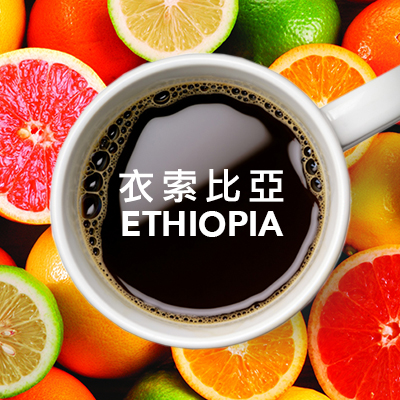
Ethiopia, home to coffee worldwide, is also a genetic treasure trove of coffee varieties. Rich tea fragrance and flower fragrance, as well as light citrus and lemon taste, like warm winter sun, or cool mountain, wash a body of confusion and fatigue.
◆ Flavor: rich taste of citrus and lemon, accompanied by tea and floral fragrance
◆ Baking degree: light baking
◆ Try with snacks: fruity, fruity snacks. fruit pies
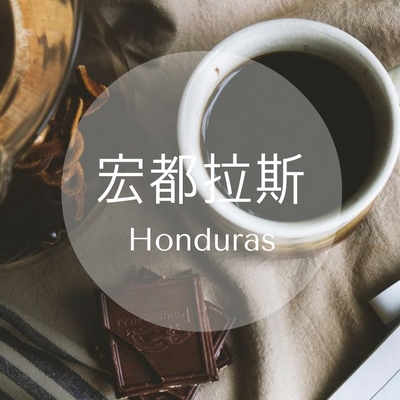
Honduras coffee production area is located in the western high mountains 1000~1900 meters above sea level, severe terrain and climate tempering, coupled with fertile soil, coffee beans have a special strong bitter sweet cocoa aroma. Hondurans are optimistic, cheerful and love life. Sweet and gentle honduran coffee, bring you happiness in life enlightenment.
◆ Flavor: rich cocoa, calm smell
◆ Baking degree: medium baking
◆ Try with snacks: brownies, chocolate
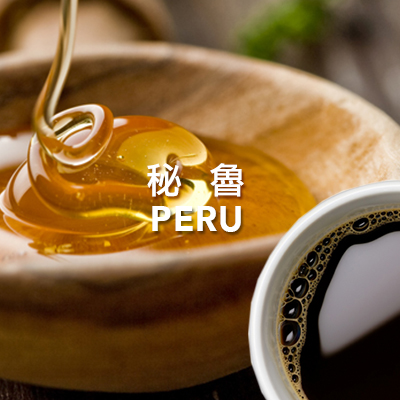
Peruvian coffee fields are mainly distributed in the Amazon jungle, with altitudes ranging from 1000 to 2000. The unique environment has made Peruvian coffee a constant winner in international coffee competitions.
◆ Flavor: peach elegant slightly sour, oak aroma, molasses after the soft land, smooth back to sweet.
◆ Baking degree: medium baking
◆ Try to match snacks: cream puff, shortbread

The mountains in Guatemala are extended and the microclimate changes greatly. In recent years, under the efforts of the state to drive the development of coffee industry, both the quality and planting methods have been greatly improved and changed, becoming the supplier of international top coffee. Eco Green Guatemala coffee beans come from the well-known Vivetnam fruit, caramel, cocoa and woody aroma, deeply loved by consumers.
◆ Flavor: strong cocoa, pleasant woody fragrance
◆ Baking degree: medium deep baking
◆ Try to match snacks: macarons
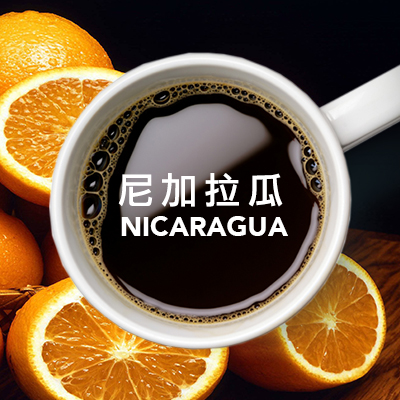
It's grown in Shinotka, in the northern mountains.(Jinotega), coffee is a traditional local crop, for 150 years, generations of local farmers, are to maintain ecological diversity of high-quality Arabica coffee, intercropping with banana trees, mango trees, mahogany, etc., this planting method also protects the local rare flower varieties, in winter, became a bird migration base, the average height of more than 1200 meters, harmonious coexistence with the natural environment.
◆ Flavor: Fresh citrus aroma, sweet finish, soft and long
◆ Baking degree: medium baking
◆ Try it with dessert: cheese cake
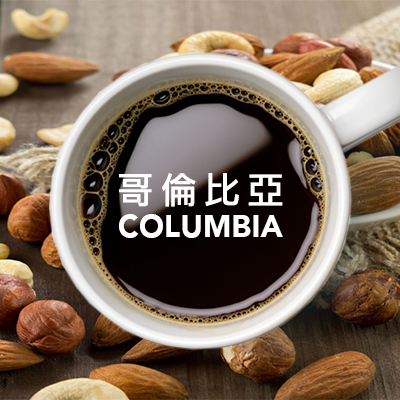
Colombia is an internationally renowned producing area. Coffee is mellow with walnut aroma, showing the power of deep roots and vitality, like red wine, deep, varied, uniform and perfect.
◆ Flavor: Soft apple acidity, followed by sweet peach, elegant aftertaste of nuts, lively and charming multi-layered taste, mellow and smooth.
◆ Baking degree: medium deep baking
◆ Try to match snacks: chestnut cake

Kopepi Ketiara Coffee Co-operative Indonesia, located beside Lake Tawa in the Kanyo Mountains of Sumatra, Indonesia, produces coffee mainly in the mountainous areas of 900 to 1700 meters above sea level. The soil in this area is suitable for growing Arabica coffee beans. It has strong flavor and rich layers, slightly bitter with elegant fragrance and sweetness.
◆ Flavor: thick, steady herbal aroma, long after the rhyme
◆ Baking degree: Deep baking
◆ Try pairing snacks: salty snacks, beef cheeseburger
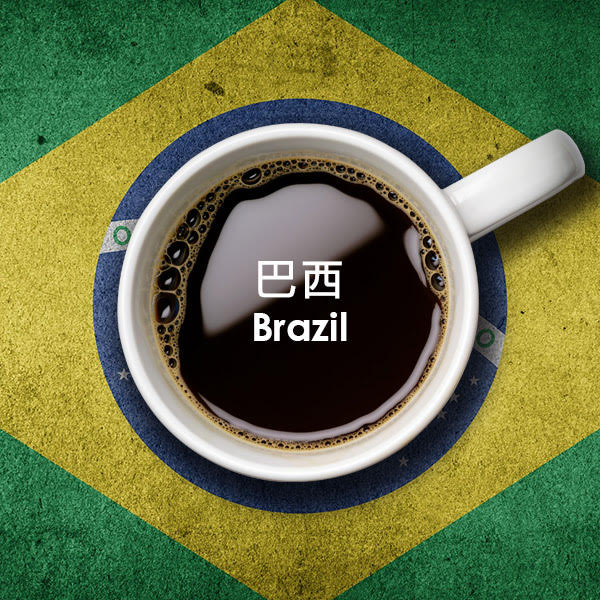
"It's extremely smooth and smooth, sweet and pure in the mouth, and the aftertaste has no unpleasant sharp sour taste. It doesn't feel as thin as water when drinking, but rather thick." "Is the Brazilian Fine Coffee Association's definition of Brazilian quality coffee beans, beans from the Brazilian Fair Trade Cooperative Coocafe, high sweetness, smooth entrance, do not bite the tongue, recommended to friends who prefer not to like sour taste try to see!"
◆ Flavor: The aroma and beans are mild and mellow. It is an excellent choice to taste individually or mix with other coffee beans.
◆ Baking degree: medium and deep baking
◆ Try with dessert: strawberry cake

Costa Rica is mostly volcanic, with fertile volcanic ash, mild temperatures, and steady rainfall. Costa Rican coffee is recognized by the world because of its natural geographical environment. Coffee beans are Arabica species, pure flavor, pleasant aroma, both in acidity and taste are impeccable balance, suitable for single coffee and blend into a comprehensive coffee.
◆ Flavor: red wine like bright fruit acid, rich aroma, soft and smooth taste, rich sweet at the bottom of the glass
◆ Baking degree: medium baking
◆ Try it with snacks: muffins
Each coffee bean has its own personality, whether it is hot, cold or with milk, there are different flavors. Find the right combination for you and drink your taste in life.
Important Notice :
前街咖啡 FrontStreet Coffee has moved to new addredd:
FrontStreet Coffee Address: 315,Donghua East Road,GuangZhou
Tel:020 38364473
- Prev
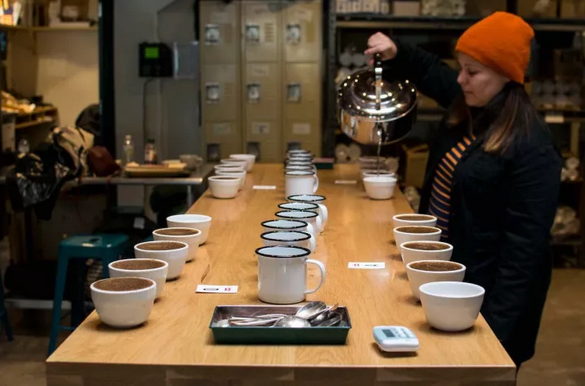
How to pass the Q-grader exam (2) Taste skills
Taste skills: the sweet, sour and salty part of the test is related to the taste of your tongue, and the solution used for the test has no smell! There are three different concentrations of aqueous solution, which taste salty, sweet and sour. The first part of the test requires you to evaluate / confirm their taste. The second part of the test requires you to rank the solution according to its strength from low to high. Be aware that if you sort
- Next
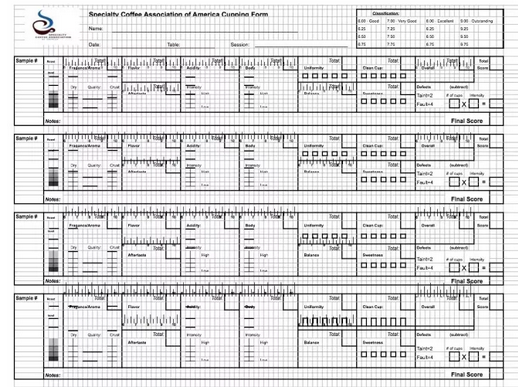
How to pass the Q-grader exam (3) there are 8 major items, a total of 20 subjects
SCA Cup Test form if you sign up for the Q grader test, you should already know how to use the SCA cup test form correctly. In order to practice this part of the test, it is recommended that you test a large number of cups of coffee from different places and different processing methods. You should understand the flavor of coffee in different regions and how these flavors are expressed in the cup test. Pay attention to find coffee you don't know.
Related
- Beginners will see the "Coffee pull flower" guide!
- What is the difference between ice blog purified milk and ordinary milk coffee?
- Why is the Philippines the largest producer of crops in Liberia?
- For coffee extraction, should the fine powder be retained?
- How does extracted espresso fill pressed powder? How much strength does it take to press the powder?
- How to make jasmine cold extract coffee? Is the jasmine + latte good?
- Will this little toy really make the coffee taste better? How does Lily Drip affect coffee extraction?
- Will the action of slapping the filter cup also affect coffee extraction?
- What's the difference between powder-to-water ratio and powder-to-liquid ratio?
- What is the Ethiopian local species? What does it have to do with Heirloom native species?

